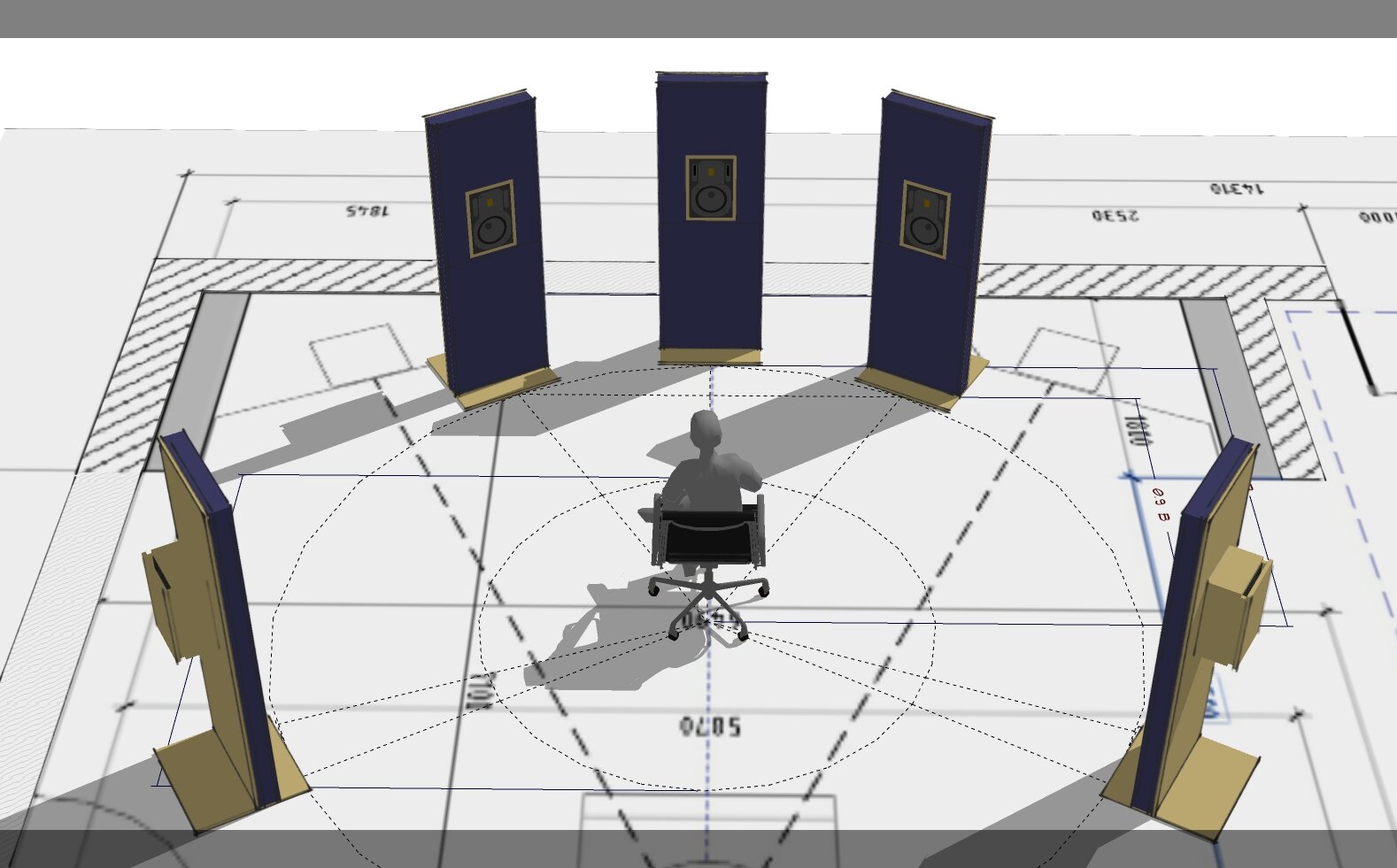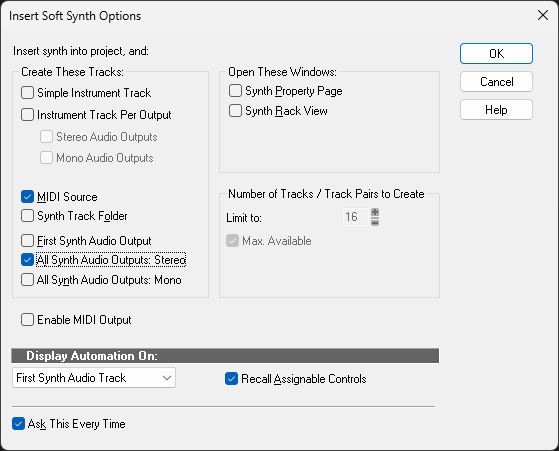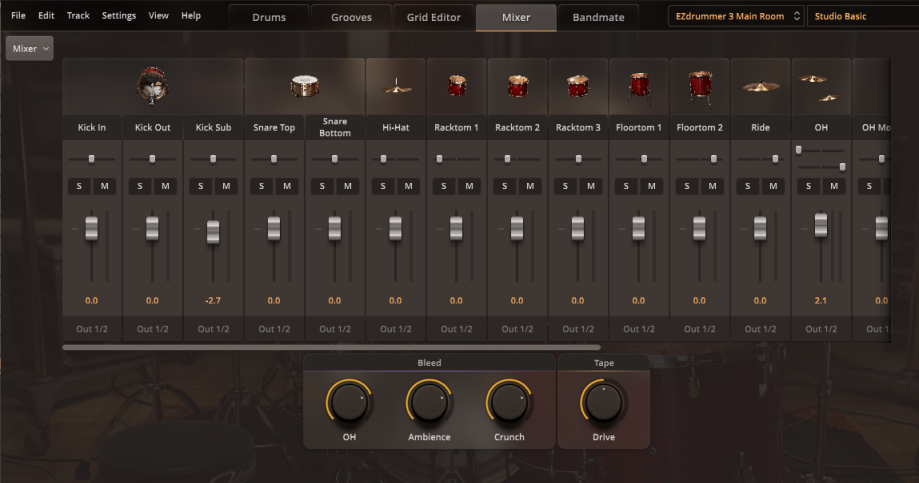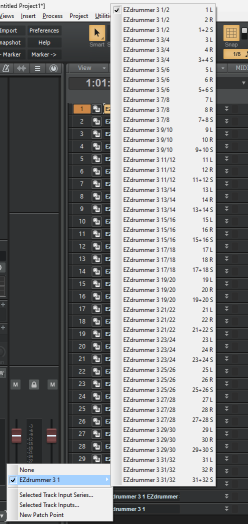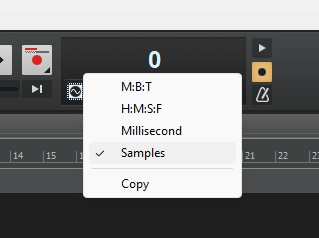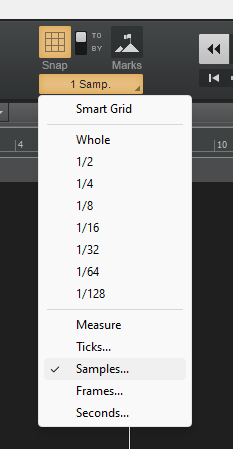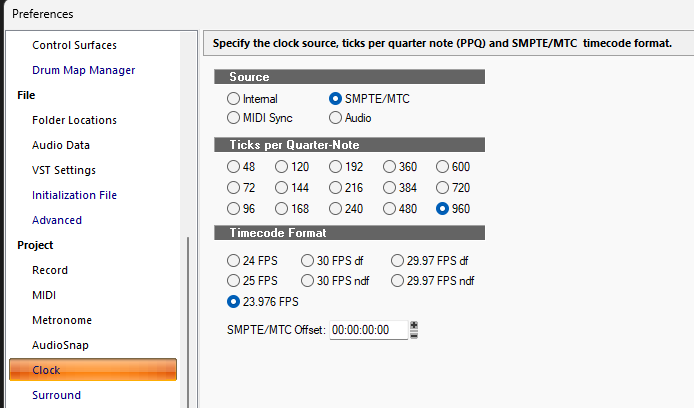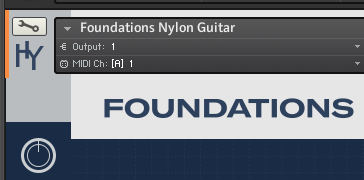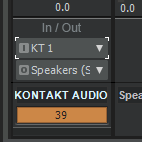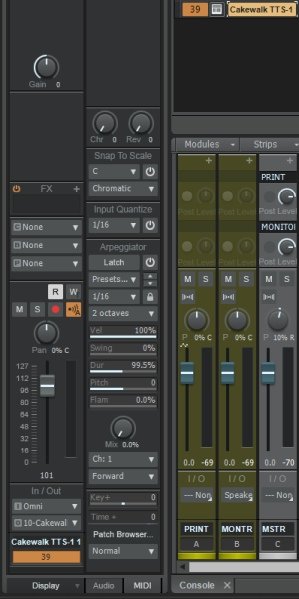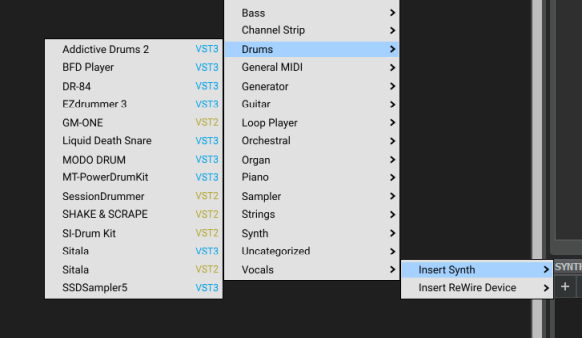-
Posts
2,301 -
Joined
-
Last visited
Everything posted by Glenn Stanton
-
when you add the EZD soft synth to the project, you can select MIDI track and a separate track for each output. this will give you the maximum number of outputs for EZD (16 stereo or 32 mono). then in EZD you assign the instruments in the mixer section (which is limited to stereo pairs only, but you can pan the instrument to achieve "mono" L-R tracks). note that EZD has limited options for assignment but you'll find grouping all the kicks, and all the snares, etc should be ok. your IO unit is not limiting the number of EZD tracks.
-
i am running my two 49-key units set one two octaves up and the other one down two octaves to get 98-keys ? and i have two pitch wheels and two mod wheels i can operate (as well as all the split options and keyswitching). and each fits into a standard flat guitar case along with their power supplies, cords, pedal, and some effects...
-

File corruption resaving a file with melodyne
Glenn Stanton replied to Jono J Grant's topic in Cakewalk by BandLab
horse-hooey on that! it needs to shriek "DANGER! DANGER YOUNG WILL ROBINSON! DANGER!" -

Markers and pasting not accurate?
Glenn Stanton replied to Jono J Grant's topic in Cakewalk by BandLab
true but he also asked about the SMPTE settings ? -

File corruption resaving a file with melodyne
Glenn Stanton replied to Jono J Grant's topic in Cakewalk by BandLab
actually Melodyne isn't the only region FX - so maybe CW could warn of any un-rendered FX before closing ? -

Markers and pasting not accurate?
Glenn Stanton replied to Jono J Grant's topic in Cakewalk by BandLab
in preferences -> project -> clock select the SMPTE/MTC and 23.976 FPS on the time - select sample on the samples and the number of samples if you're using SMPTE - use the H:M:S:F on the time and frames for the snap -

MIDI - only record certain values?
Glenn Stanton replied to BassMasterGeneral's topic in Cakewalk by BandLab
MIDIOX can help as well as any number of other filtering products. -

File corruption resaving a file with melodyne
Glenn Stanton replied to Jono J Grant's topic in Cakewalk by BandLab
you could try to delete it or copy over the files in the original separations folder. or when you open it with the Melodyne plugin suspended (safety mode) remove the region FX on the affected clips -
so - Kontakt - instrument #1 -> set to HOST MIDI channel #1 and output #1? then in CW input audio to Kontakt output #1/2 and CW MIDI out set to Kontakt and Channel = #1
-

File corruption resaving a file with melodyne
Glenn Stanton replied to Jono J Grant's topic in Cakewalk by BandLab
make sense that Melodyne is looking for the separation files (might be in the separations folder under the project) or in the \Documents\Celemony\Separations folder. as a general rule - render the Melodyne when you're done editing. you can always re-edit it later if you need to. if you're not sure, make a copy of the track first then edit that... -

Reveal the input quantize button on an instrument track. [Solved]
Glenn Stanton replied to mark skinner's question in Q&A
-

MIDI - only record certain values?
Glenn Stanton replied to BassMasterGeneral's topic in Cakewalk by BandLab
install MIDIOX and see what is coming across from the controller or MIDI interface. if it is sketchy - as John noted - time to replace it if there is no option to update or reset it. -
one thing i used extensively about 12-15 years ago was the Bolland [Super] Brass sound font - not partcularly "real" compared to todays ampller VI but it made adding horn sections really easy and in the mix was pretty decent for an soundfont. https://www.zanderjaz.com/downloads/soundfonts/brass/
-
free soundfonts. i use the sforzando player (free) The Blanchet 1720 – Play a virtual harpsichord copied from an 18th-century French instrument. It’s perfect for adding a touch of history to your music. The soundbank is available in soundfont or Kontakt 2 format. Either way, you’re sure to get a high-quality, authentic sound. http://sonimusicae.free.fr/blanchet1-en.html Christian Zell Harpsichord 1737 – 420 MB https://musical-artifacts.com/artifacts/728 The Small Italian – Small Italian is a soundbank of a harpsichord copied from an anonymous 17th-century Italian instrument. This soundbank is perfect for Renaissance and 17th-century music and is available in Kontakt 2 format and sf2 format. http://sonimusicae.free.fr/petititalien-en.html
-
can you plug your phone into it and see that you have access to the phone storage? if so, as i think it is, it's a USB type-c which basically should handle whatever USB device you use. likely it as marketed as "audio" because they included a cheap USB-audio converter in lieu of a headphone jack... it would be helpful to know what PC you have.
-
as a note: i seldom ever have more than 2 or 3 automations on a given track or buss. and i tend to focus and make sure (for example when selecting a node) that i select the correct note or segment of the envelope before executing a change - delete, shifting, levels, etc. as there are cases where the "smart" selection stuff is trying to be helpful (like using a clip as the range selection when i want an larger section selected) so i take a couple of moments to make sure it is what i want. do errors happen? sure, and it's more than likely if we watched a video of you documenting the "bugs", its probably you were rushing things in an effort to go fast. why this observation? the incessant ranting gives one the impression you are not a patient person. not judging but consider that if you've got a lot of automation envelopes on each track, then maybe you need to consider the workflow and steps to avoid these "bugs". just sayin'
-

Different levels on different computers
Glenn Stanton replied to Anders Madsen's topic in Cakewalk by BandLab
they're two different clips? one is call Vox and the other is call Record 11. plus the IO units does not change the levels on the clip display, so either you zoomed in (or out) or as per the previous statement, they're not the same clip. if you're trying to say one IO unit fed a higher level signal (or vice versa), then it's because one of your IO units fed a higher (or lower) level signal (presuming the input to each was the same). one thing to do: calibrate your levels. use a pink noise (or any noise really) set to -20db, -18db, or -12db and feed it through your IO unit directly, or if using a mic (same one in each location) then play the noise in the room and set it for a level at about 12" from the mic of around 50db (or more but i like to not potentially damage things) and calibrate your levels for each unit. -

EZdrummer 3 vs. Addicitve Drums 2
Glenn Stanton replied to bmarlowe's topic in Instruments & Effects
i have a bunch of them (you know, just in case) AD2. EZD3, BFD Player, SSD Sampler5, MT-PowerKit, Sitala, SI-Drums, Session Drummer 3, and a few others... apparently you cannot have enough drum options ? the nice thing is: a bunch of them are free and most generously share some of the samples from their full products. -
you can set it to use tracks in lieu of take lanes although you lose the built-in comp editing features and have to manage it across tracks as you might normally do.
-
i used to do the same thing - record, delete, re-try, multiple full takes then edit tracks etc. then i watched a couple of comping videos which clearly explained it, and the next session - comped it. 12 takes by 2 singers (i.e. 6 each). once you get the hang of skimming through the takes and picking the best one, then on to the next (all key strokes to move and select), it went really fast, like less than 30 minutes. then onto the detailed edits, clip gains, de-essing, pitches etc etc. next project same success and again and again. using the takes and comping tools is my workflow now. last note: Melodyne - once you have the track comped - you can do a lot of the work in Melodyne - tweaking any minute timing and pitch, de-essing a bit, node leveling, cleaning up noises, etc and then rendering.
-

Workflow tips for remixing old projects?
Glenn Stanton replied to charles kasler's topic in Cakewalk by BandLab
you can't create buss templates but you can set up some tracks which use those busses and then when you add the track(s) the busses will be added as well. one thing which is annoying, is colors are lost - so you need to re-color the busses (if you do...) addendum: i've found after making any number of track template + associated busses, that it was just simpler to have a larger template which encompassed most of what i do at a given stage - recording, mixing, "mastering", etc and just remove tracks and busses later. so once i have the tracks i think i'm going to work with, i will remove the extras. and if i do need to add something back in, i have the templates or simply insert one and use my presets. -

Master Buss Too Hot -quick remedy versus best remedy
Glenn Stanton replied to Michael Fogarty's topic in Cakewalk by BandLab
Andres has the best answer for levels - pull down the levels all together will help and is fairly easy to do --- now the caveats --- with regards to David's approach - pulling down gain on the master each track, you risk altering the level into any effects on the buss those tracks - esp saturation, amp sims, etc and same for the master buss - any effects on that with reduced gain may behave differently than changing the overall input levels. however, the answer may be some volume reduction on the tracks/busses + slight gain reduction on the tracks and master (and any associated busses). Bristol has the best answer overall - you reset the levels and add the high passes (your distorted guitars will thank you) and redo the levels. this is not the fun option but very likely to get you to where you need to be. beside, you're not sleeping between midnight and 3am anyways, so a couple of days and you'll have it done! ? -

Strange New Characters When Typing in Windows 11
Glenn Stanton replied to sjoens's topic in Computer Systems
sadly, it used to be all for the help with decoding SETI messages, now it's just either steal or mess with people. using auto-wreck on your texting for example - it comes up with words i would never ever ever use... -
say you have a "master" buss where all the outputs are routed to. create a new stereo buss and call it "reverb", and route it's output to the "master" buss. set up your reverb on the reverb buss and make sure the reverb output is set to 100% wet, and 0% dry. set the reverb buss to -12db on the volume fader for now. next, on each track you want reverb on (e.g. snare, guitar, not kick or bass), create a "send" to the reverb buss. set each send to -4db (for starters). hit play. you should now have the reverb buss showing some activity and hear the reverb in the overall mix. as an extra, insert an EQ before the reverb and set the high pass to 300hz and the low pass to 2khz (for starters). this will help reduce extra LF and HF in the reverb content. later you can discover more EQ after the reverb, compression, etc tricks as well as reverbs for vocals vs drums vs instruments like guitar and so on...

